What Is Superstructures?
Important Point
The portion above the ground level and below the ground floor level is known as a plinth. The portion above the ground floor level is known as super-structure.
It includes columns, walls, beams, floors, roofs, doors, windows, lintels, staircases, etc. In this article types of super-structures based on the method of load, a transfer is first presented and then the various components are discussed giving their functions and types.
Types of Super Structures
On this basis, there are two types
- Load Bearing Structures.
- Framed Structures.
What Is Load Bearing Structures?
In this type of structure, the load in the structure is moved vertically downward through walls. Loads from roof and floors get moved to wall and then the wall must transfer these loads as well as self-weight.
Such constructions are used in residential buildings in which the dimension of rooms is less. Residential buildings up to ground + 2 floors can be built economically with such structures.
What Are Framed Structures?
In this type of structure, a framework of columns, beams, and floors is built first. Then the walls are built to partition the living area.
The walls are subjected to self-weight only. This type of super-structures is needed when the number of stories in a building are more and also when larger areas must be covered free from walls.
Also. read: What Is Mortar | Test of Mortar | Process for Compressive Strength
Load-Bearing Vs Framed Structures
|
Sr. No.
|
Load Bearing Structure | Framed Structure |
| 1 | Cost is less. | Cost is more. |
| 2 | Suitable up to three stories. | Suitable for any number of stories. |
| 3 | Walls are thicker and hence floor area is reduced. | Walls are thinner and hence more floor area available for use. |
| 4 | Slow construction. | Speedy construction. |
| 5 | Not possible to alter the position of walls, after the construction | Position of walls may be changed, whenever necessary. |
| 6 | Resistance to earthquakes is poor. | Resistance to earthquake forces is good. |
| 7 | Taken deep into the subsoil foundation. | Only columns are taken deep into subsoil and provided with foundation footing. |
| 8 | Load Bearing Structure type of construction does not favor too many openings for windows, doors, ventilation, etc., in the ground floor as required for show room etc., as the load bearing length of wall is considerably reduced | The space between columns can remains as open space as the case with multi-storeyed residential flats where the ground floor is left with no walls for easy parking of vehicle. |
| 9 | In case of multi-storeyed buildings, the room area is reduced as we go down due to thicker walls. | Thickness of wall remains uniform, therefore the carpet area on any floor remains the same. |
| 10 | Plans for the different floors must be the same. Very little changes are only possible between one floor and the one above. | Plans of different floor are independent of each floor. The ground floor may have a commercial complex, first floor an office or a bank, and second floor onward of residential complexes of different types of plans and function within the same building. |
| 11 | May not withstand seismic forces and other forces and other types of vibration because composed of different blocks as bricks and stones being bonded together. | More rigid and withstand seismic forces because the entire frame of column, beam, and slabs act as one unit of R.C.C. |
| 12 | This construction was more labor-intensive. | This construction less labor-intensive, but it needs different skills. |
| 13 | In this Construction Life is not much affected even though some standards are not strictly followed. | In this Construction Life is reduced if not done with proper technique, and specifications i.e. codes are not strictly followed. |
| 14 | Construction of a load-bearing structure is cumbersome, particularly for earthquake-resistant structures. | Construction of a framed structure is otherwise simple. |
| 15 | Limitations for providing openings in walls, which will affect the light and ventilation in room. | Large openings in walls are possible. |
| 16 | Load-bearing structures can be constructed without expensive plants and machines as compared to a framed structure. | Framed structures require expensive plants and machines to construct. |
| 17 | Walls have to be built first as they support the slab/roof and hence all walls have to be built simultaneously which is time-consuming | Generally, RCC framed structure is constructed first and the external as well as partition walls are constructed later, hence speed is more. |
| 18 | In case of a load-bearing structure, large span areas are not possible. Limitation of span i.e. room sizes. | In case of a framed structure, large span areas are possible. No Limitation of span i.e. room sizes. |
Also Read: Structural Frame Analysis
Load Bearing Structure
A load–bearing wall or bearing wall is a wall that is an active structural element of a building, which holds the weight of the elements above it, by conducting its weight to a foundation structure below it. In housing, load–bearing walls are most common in the light construction method known as “platform framing”.
Load Bearing Structure Details
- Load Bearing Walls: A load-bearing wall transfers the loads from slabs above it to the foundation. These walls can be made of concrete, masonry or block materials. Most of the exterior walls of a building structure are considered as load-bearing.
- Beams: Beam forms one of the primary load-bearing component of structure which can be made from wood, concrete or metal. It is a primary member utilized to take the load on the building.
- Columns: The structural columns are one of the important elements in a structure which have effective role in the transmission of dead and live loads to the foundation that the building structure is subjected to.
- Braces: Braces are structural elements used in the framework structural system. This load-bearing elements help in stiffening the framework effectively.
- Trusses: Trusses are load-bearing elements that support the roof elements in building structure.
Bearing Structure
A load bearing structure has the components of a building which carries and transfers the load to the ground safely. Commonly walls, columns, beams, foundation Understanding the structural principles of load bearing structure is the fundamentals required for the design process and bring up the design solution.
Load Bearing Structure Details
A load–bearing wall or bearing wall is a wall that is an active structural element of a building, that is, it bears the weight of the elements above said wall, resting upon it by conducting its weight to a foundation structure.
Rcc Framed Structure
In an RCC framed structure, the load is transferred from a slab to the beams then to the columns and further to lower columns and finally to the foundation which in turn transfers it to the soil. The walls in such structures are constructed after the frame is ready.
Load Bearing Construction
A bearing wall is a wall that is an active structural element of a building, which holds the weight of the elements above it, by conducting its weight to a foundation structure below it. Load–bearing walls are one of the earliest forms of construction.
Load Bearing Wall Construction
A load–bearing wall is a wall that is an active structural element of a building, which holds the weight of the elements above it, by conducting its weight to a foundation structure below it. Load–bearing walls are one of the earliest forms of construction.
Types of Superstructures in Architectural Design
- Components of the building superstructures.
- Walls.
- Shear Wall.
- Column and Pier.
- Floor.
- Roof.
- Parapet Wall.
- Lintels.
Key Considerations for Durable Building Superstructures
Here are some key considerations to keep in mind:
- Structural Design and Engineering:
- Engage experienced structural engineers to design the superstructure according to local building codes and standards.
- Opt for load-bearing systems that can adequately support the loads, including dead loads (permanent), live loads (temporary), and environmental loads (wind, snow, seismic).
- Incorporate redundancy and overcapacity in critical structural components to enhance resilience against unforeseen events.
- Material Selection:
- Choose high-quality, durable construction materials that are suitable for the specific environment and conditions of the building site.
- Consider materials with proven resistance to corrosion, degradation, and other environmental factors.
- Properly treat and protect materials susceptible to moisture or insect damage.
- Construction Techniques and Practices:
- Employ skilled contractors and construction teams who are experienced in working with the chosen materials and construction methods.
- Ensure that construction practices adhere to industry best practices and guidelines to avoid shortcuts that might compromise the structural integrity.
- Foundations:
- Design and construct foundations that are appropriate for the soil conditions and loads. Adequate soil testing and site analysis are essential.
- Incorporate proper drainage systems to prevent water accumulation around the foundation, which can lead to settlement and other issues.
- Weather and Environmental Factors:
- Consider the local climate, including temperature variations, humidity, wind, and seismic activity, when designing the superstructure.
- Use materials and construction methods that can withstand extreme weather conditions and environmental stresses.
Top Materials for Sustainable Superstructure Construction
Here are some top materials often considered for sustainable superstructure construction:
- Cross-Laminated Timber (CLT): CLT is a engineered wood product made by stacking and gluing multiple layers of wood in perpendicular orientations. It’s strong, lightweight, and can replace traditional concrete and steel in many applications. It’s renewable, sequesters carbon, and has a lower energy-intensive production process compared to concrete and steel.
- Structural Insulated Panels (SIPs): SIPs are panels made from a core of insulation material sandwiched between layers of structural boards, such as oriented strand board (OSB). They offer high thermal insulation and can result in energy-efficient buildings with reduced heating and cooling demands.
- Precast Concrete with Recycled Content: Precast concrete panels can be manufactured off-site with a mix that includes a significant amount of recycled content, reducing the environmental impact of concrete production. Precast construction can also minimize waste and improve construction efficiency.
- Bamboo: Bamboo is a rapidly renewable material that is strong and lightweight. It can be used for structural elements, flooring, and finishes. When sourced responsibly, bamboo can be an eco-friendly alternative to traditional building materials.
- Rammed Earth: Rammed earth construction involves compacting layers of damp soil into formwork to create walls. It’s energy-efficient, provides thermal mass, and reduces the need for energy-intensive materials like concrete or brick.
Innovative Designs for Modern Skyscraper Superstructures
Here are some innovative ideas for modern skyscraper superstructures:
- Biophilic Skyscrapers: Incorporate lush gardens, vertical forests, and green spaces throughout the building’s exterior and interior. These structures bring nature into the urban environment, improve air quality, and enhance occupants’ well-being.
- Parametric Design: Use computational design techniques to create complex, dynamic shapes that respond to various environmental and functional parameters. These designs can optimize natural lighting, ventilation, and structural integrity.
- Twisting Towers: Design skyscrapers with a twisting form that creates a dynamic visual impact while also providing functional benefits such as improved views and reduced wind loads on the building.
- Kinetic Facades: Implement facades that can move, adapt, or change in response to changing weather conditions or user preferences. These kinetic facades can optimize shading, daylighting, and energy efficiency.
- Transparent Solar Panels: Integrate transparent photovoltaic panels into the building’s glass facade, capturing solar energy without obstructing views. This technology can help the building generate renewable energy while maintaining its aesthetic appeal.
Importance of Superstructure Stability in Engineering
Ensuring superstructure stability is crucial for several reasons:
- Structural Integrity: Superstructure stability is essential for maintaining the overall structural integrity of a building or other engineered structure. A stable superstructure can withstand loads, vibrations, and environmental conditions without experiencing excessive deformation, displacement, or failure.
- Safety of Occupants: A stable superstructure ensures the safety of the people who use and inhabit the building. Any instability or failure in the superstructure could lead to collapse, endangering the lives of occupants and neighboring structures.
- Longevity and Durability: Superstructure stability contributes to the longevity and durability of the structure. A well-designed and stable superstructure is less likely to experience premature deterioration or require frequent repairs, which can save on maintenance costs over the structure’s lifespan.
- Resilience Against Hazards: Superstructure stability helps a structure withstand various hazards, such as earthquakes, windstorms, floods, and other natural disasters. Proper design considerations and construction techniques can enhance a structure’s resilience to these events.
- Reduction of Deformation and Settlement: An unstable superstructure can lead to excessive deformation and settlement, which can affect the functionality of the building and its components, such as doors, windows, and mechanical systems.
Difference Between Load Bearing Structure and Framed Structure
Load-bearing structure is the load taken by the wall and transferred to the soil and the framed structure refers to the load taken by the beams, and columns and transferred to the footing and foundation of the structure. I will share with you the difference between load bearing structure and framed structure.
Load Bearing Building
A load bearing structure is a building structure where the load is moved vertically downwards through the walls of the structure. The weight is transferred from the roof to the walls which transfer to the foundation. The load bearing structure and frame structure have distinct characteristics, with the former being preferred for constructions of up to 2 floors only.
Wall Bearing Structure
What is a bearing wall? Also called a load-bearing wall or structural wall, a bearing wall helps disperse the building’s weight from the roof through each floor and eventually down to the foundation. In short, it supports the structure completely.
What Method of Construction Is One of the Earliest Forms of Load-Bearing Construction?
Load-bearing walls are one of the earliest forms of construction. The development of the flying buttress in Gothic architecture allowed structures to maintain an open interior space, transferring more weight to the buttresses instead of to central bearing walls.
In Frame Structure What Transfers the Load to Columns
6. In frame structure, what transfers the load to columns? Explanation: The load bearing action in a framed structure is as follows- slab to a beam, beam to column, column to foundation.
What Is Difference Between Rcc and Load Bearing Structure?
In RCC framed structure, the whole load is supported on beam and slab, where in load bearing structure, it is supported by masonry wall. The whole load of beam and slab is transferred through columns to footing in RCC structure, and masonry wall to masonry foundation in load bearing structure.
Like this post? Share it with your friends!
Suggested Read –
- Buttress Dam
- Flying Staircases
- Structure of Sand
- Bearing Capacity Failure
- What Is Concrete | 31 Different Types of Concrete
- What Is Shoring In Construction | Type of Shoring
- What Is Well Foundation | Component of Well Foundation
- Difference Between One Way Slab and Two Way Slab | What is Slab
- What Is Standard Proctor Test & his Detail | Procedure Standard Proctor Test
- What Is Structural Settlement | Causes For Structural Settlement | What Is Soil Settlement & Foundation Structural Settlement
Originally posted 2023-08-08 17:15:48.
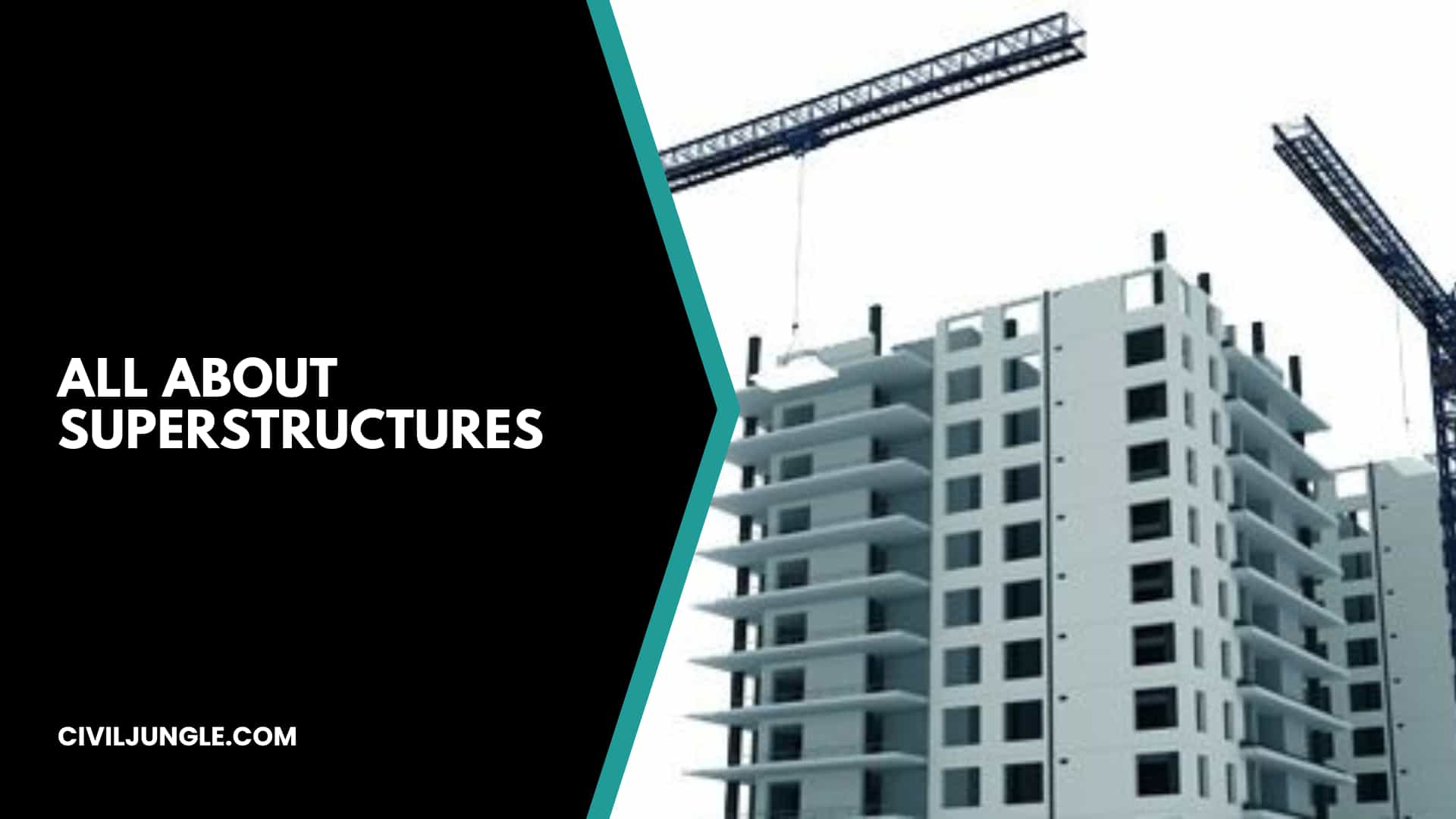
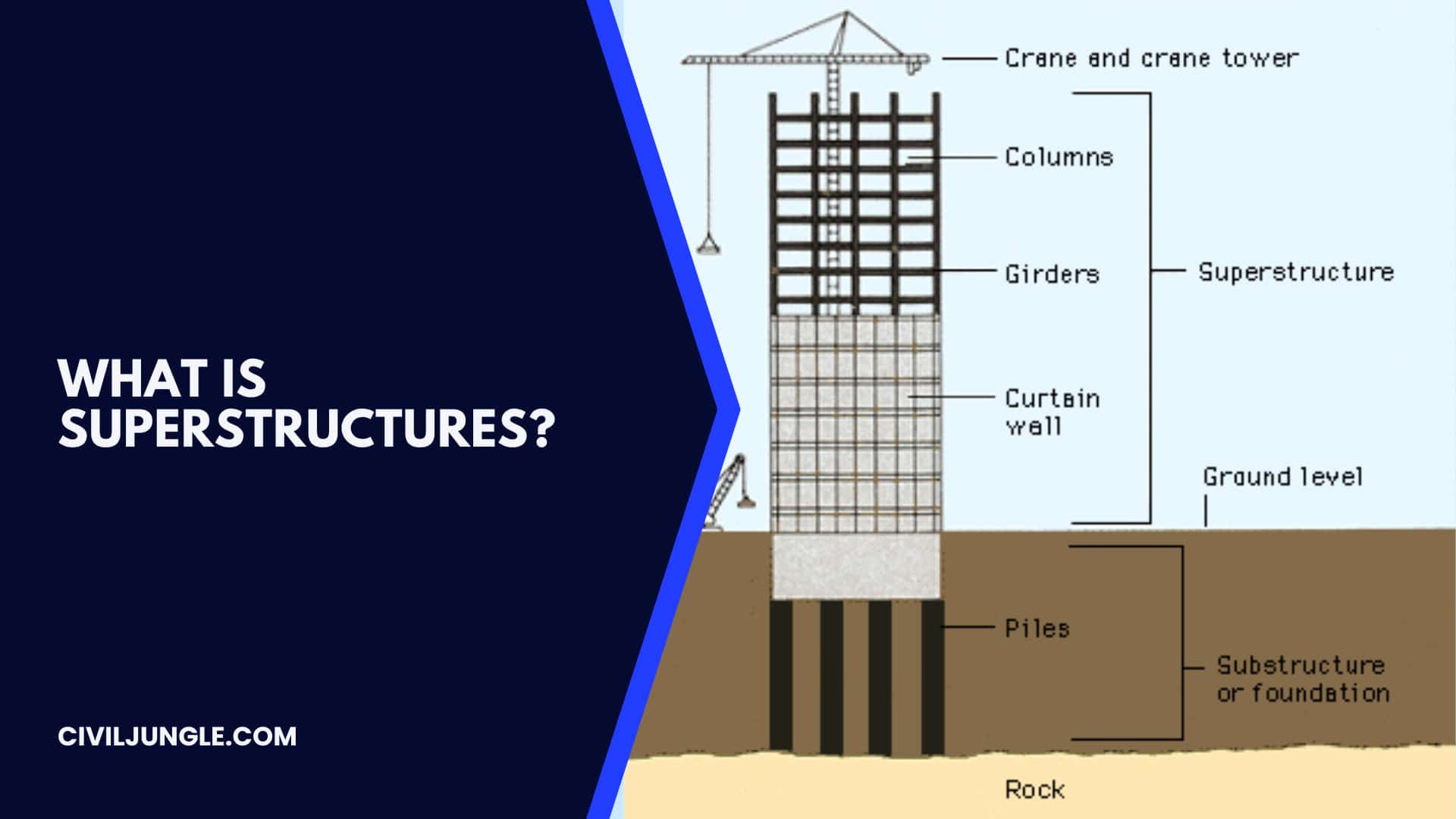
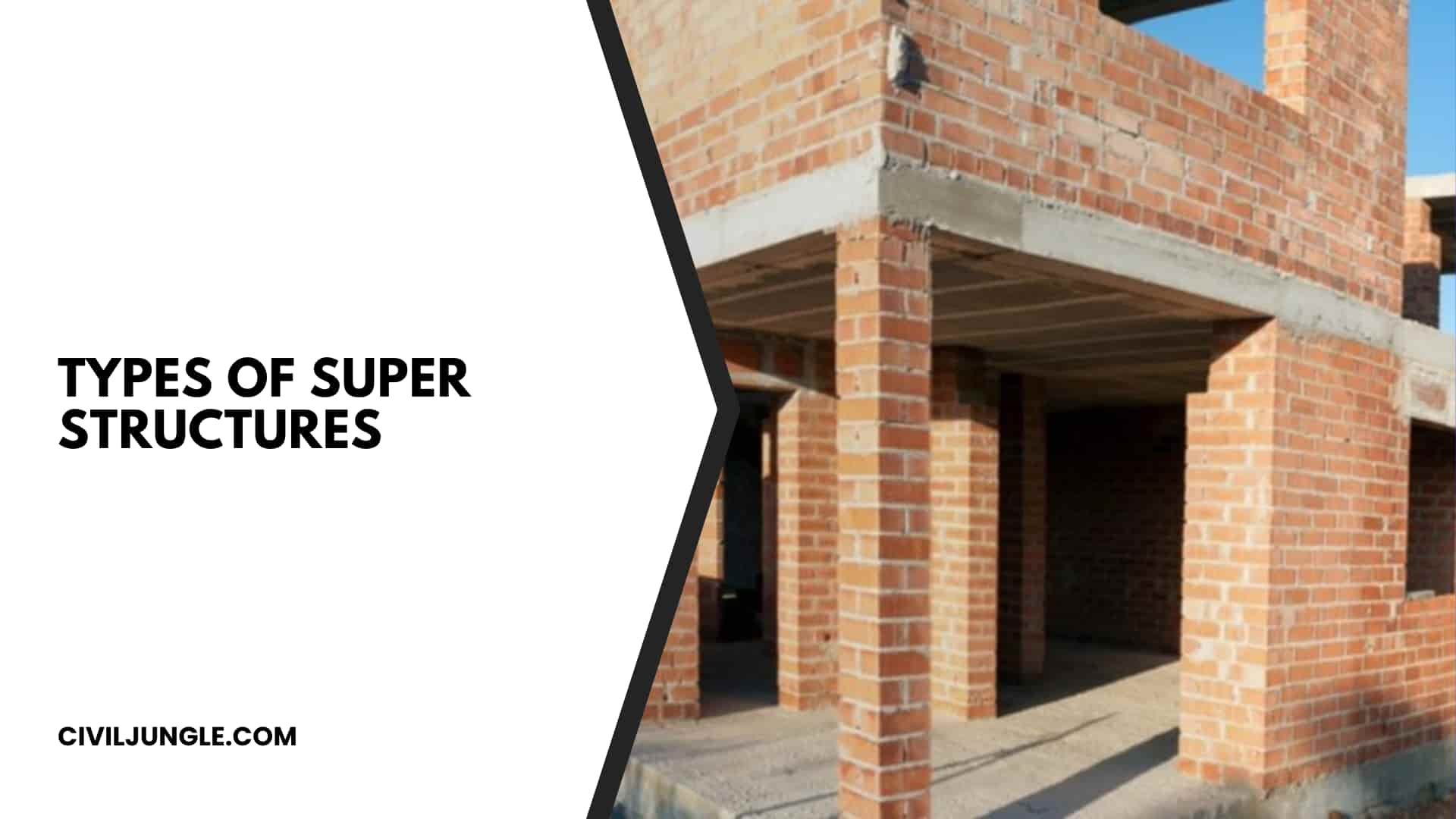
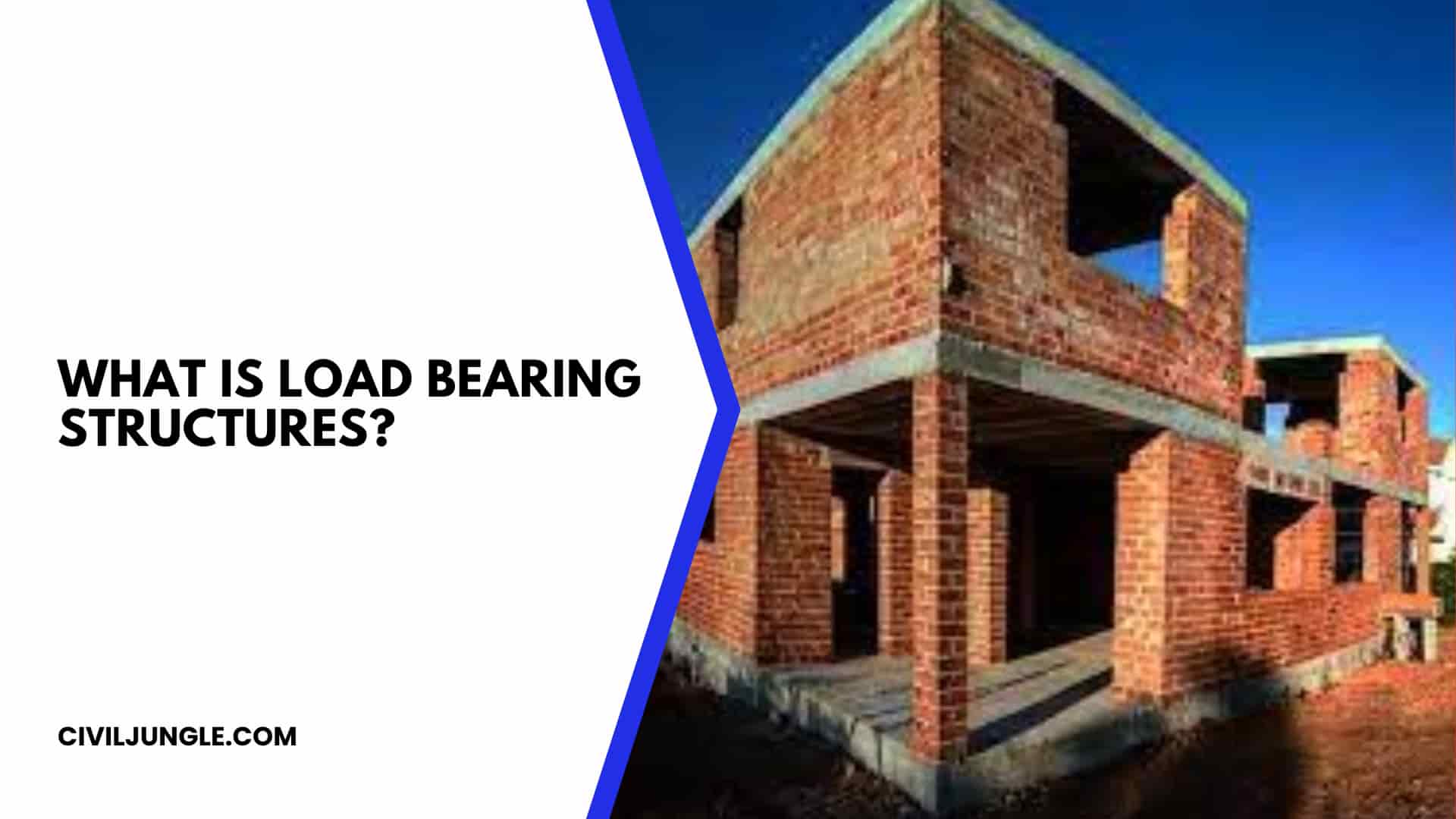
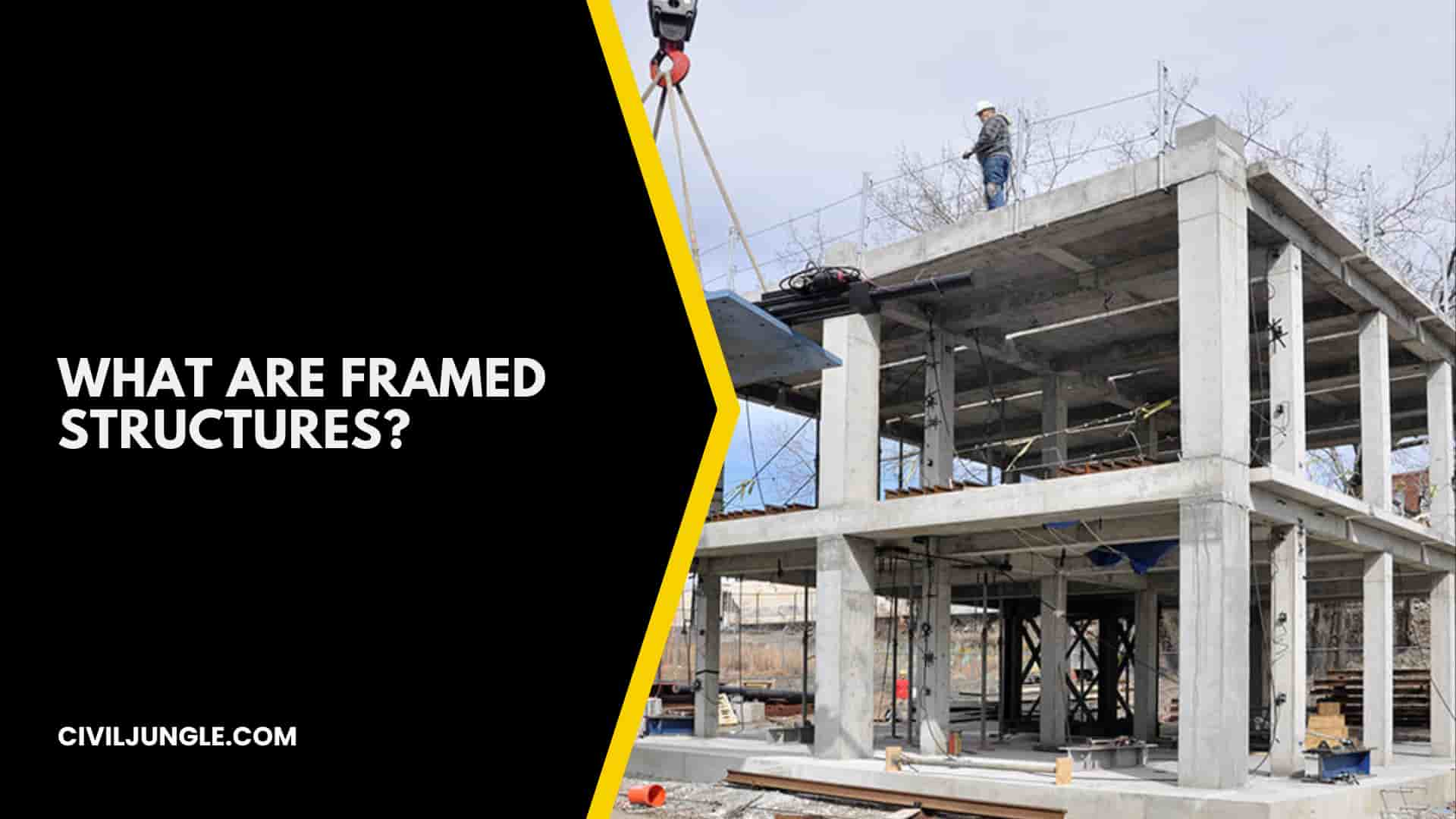

Leave a Reply